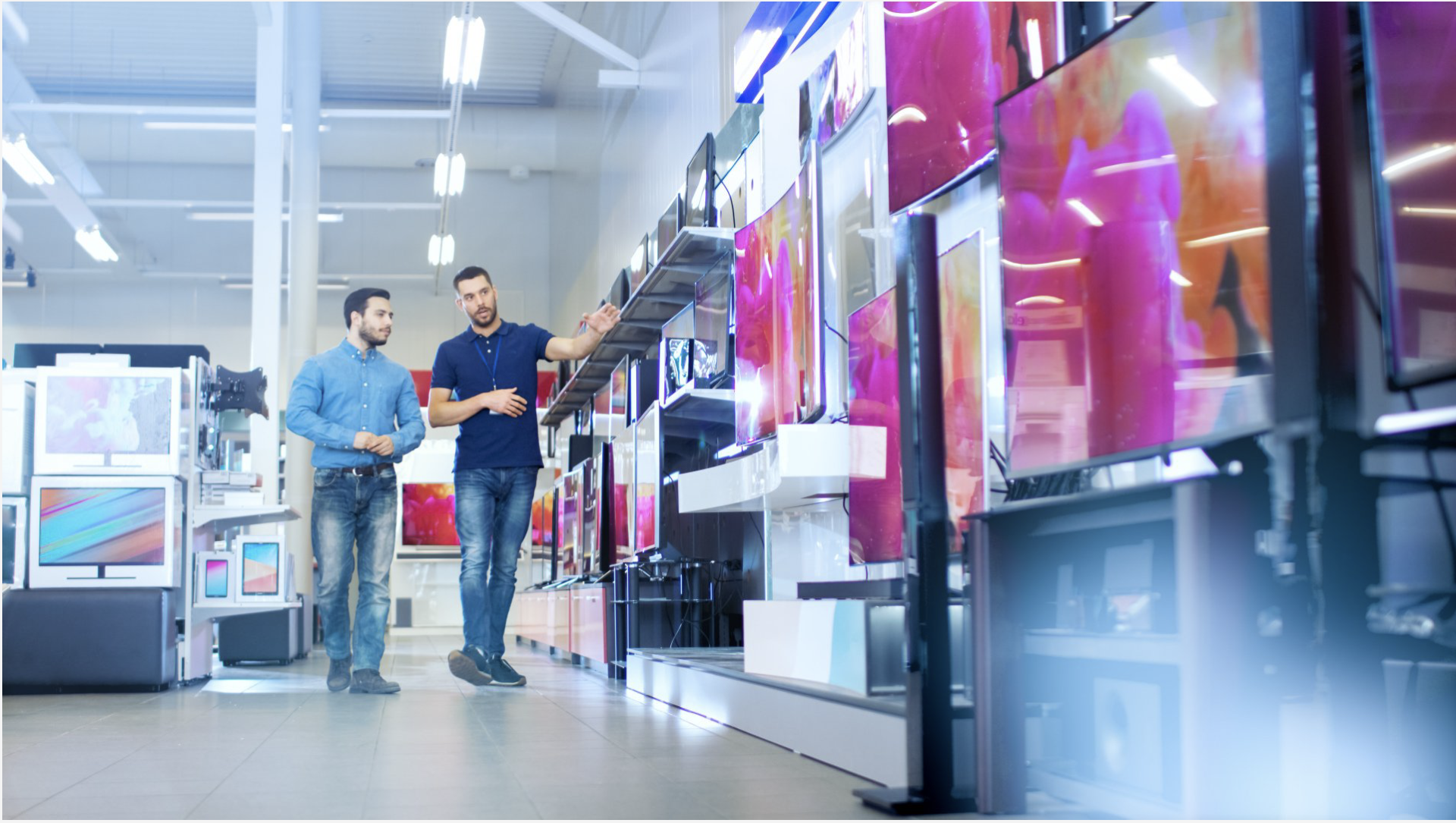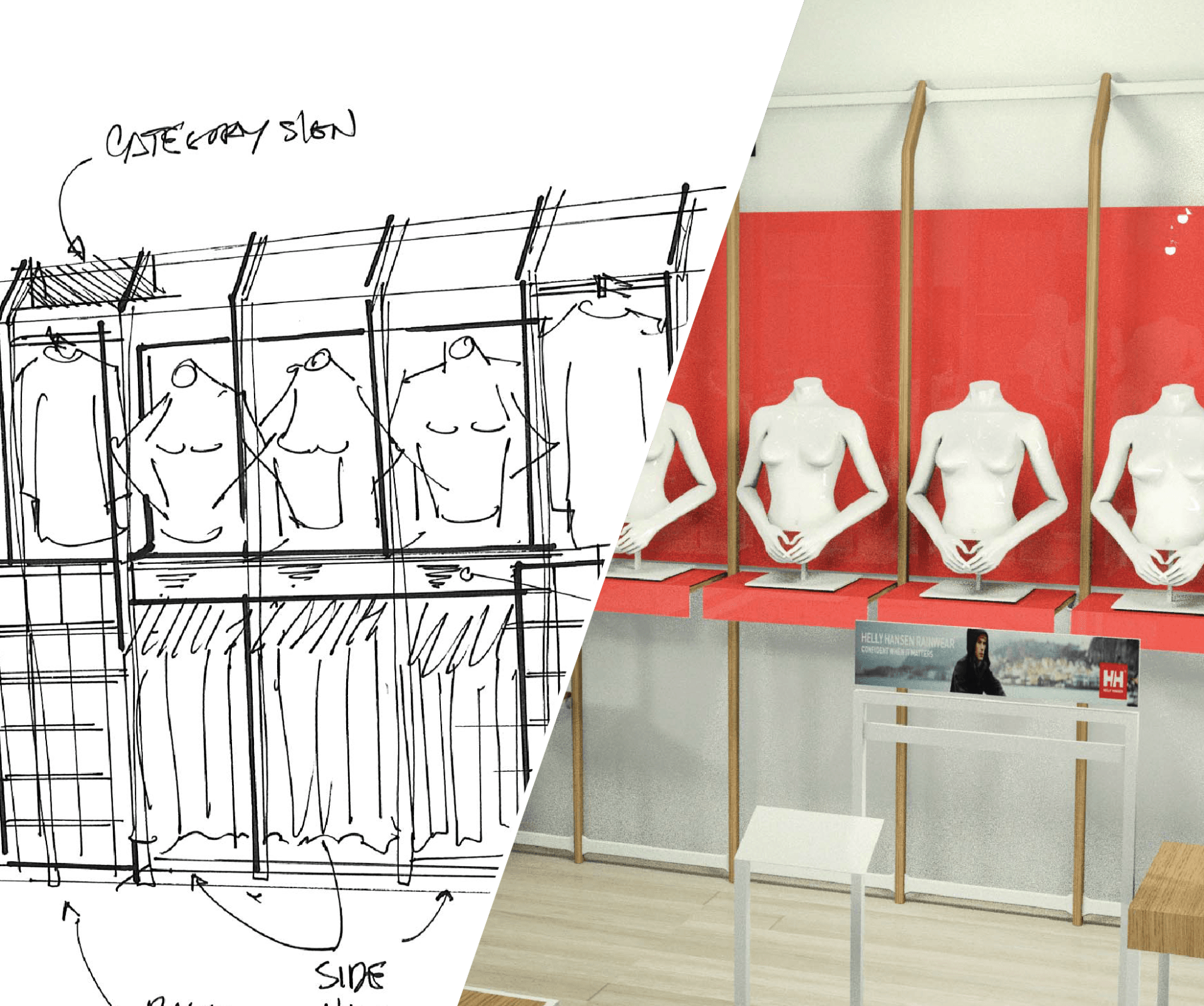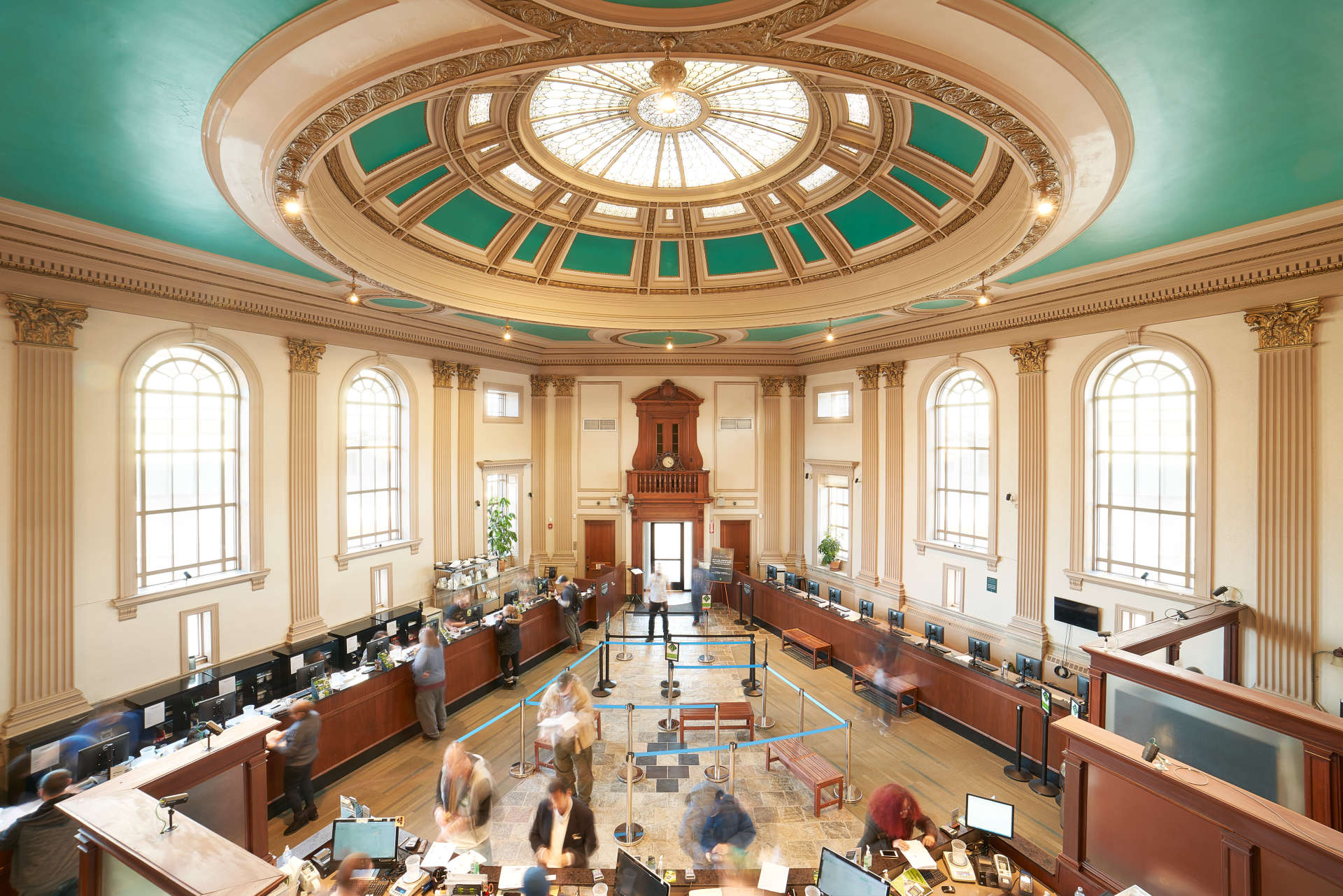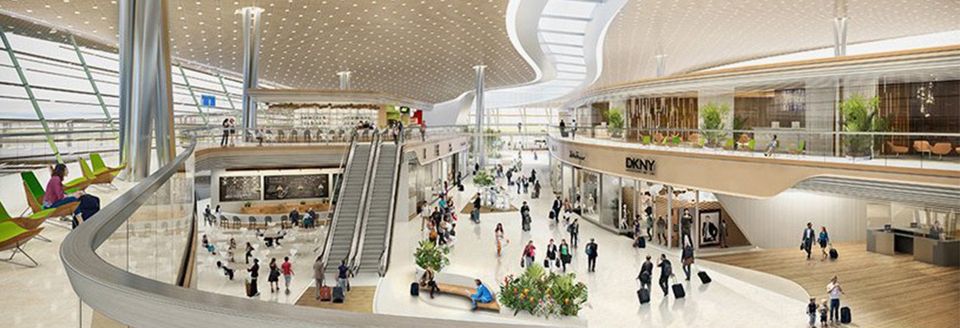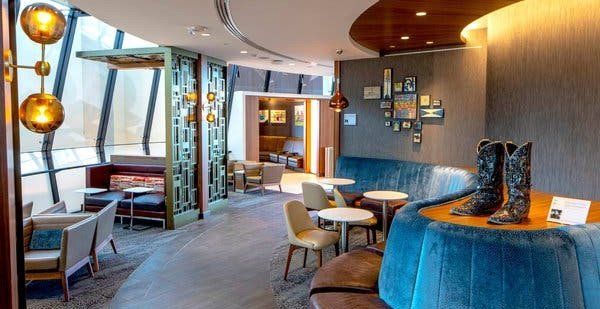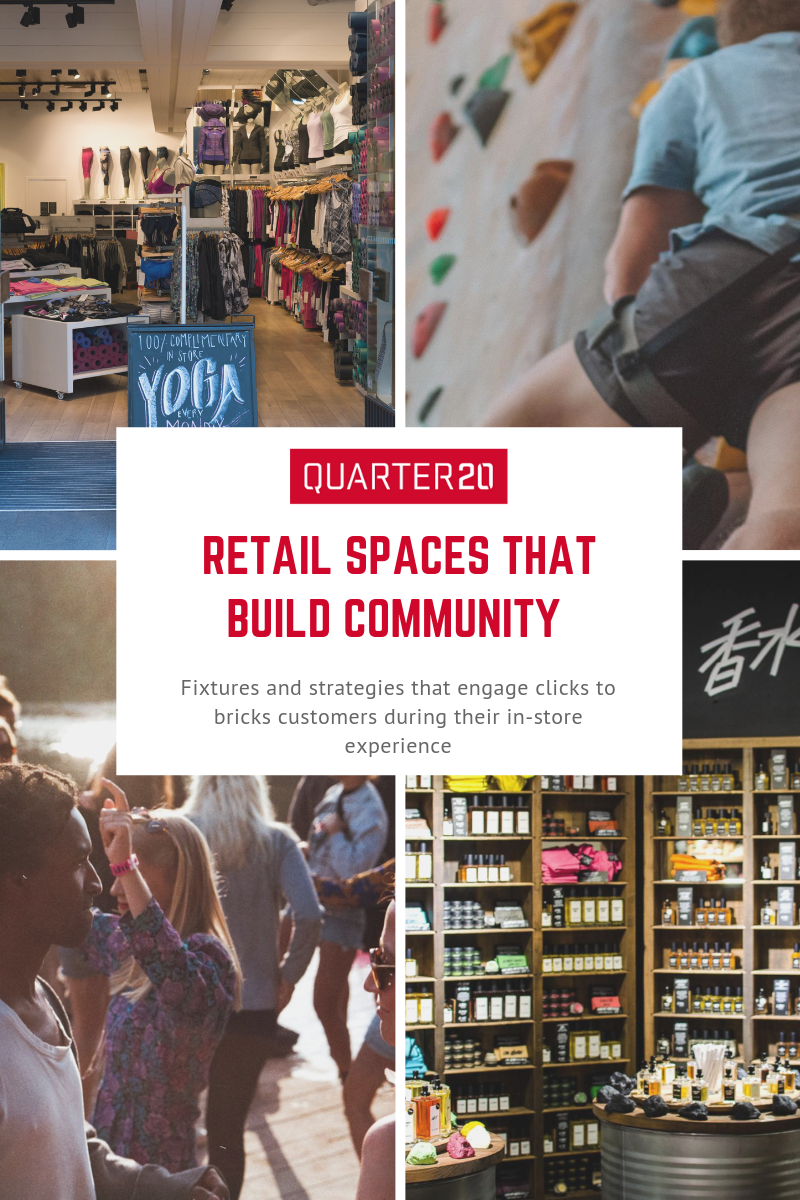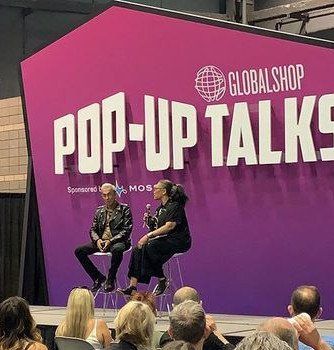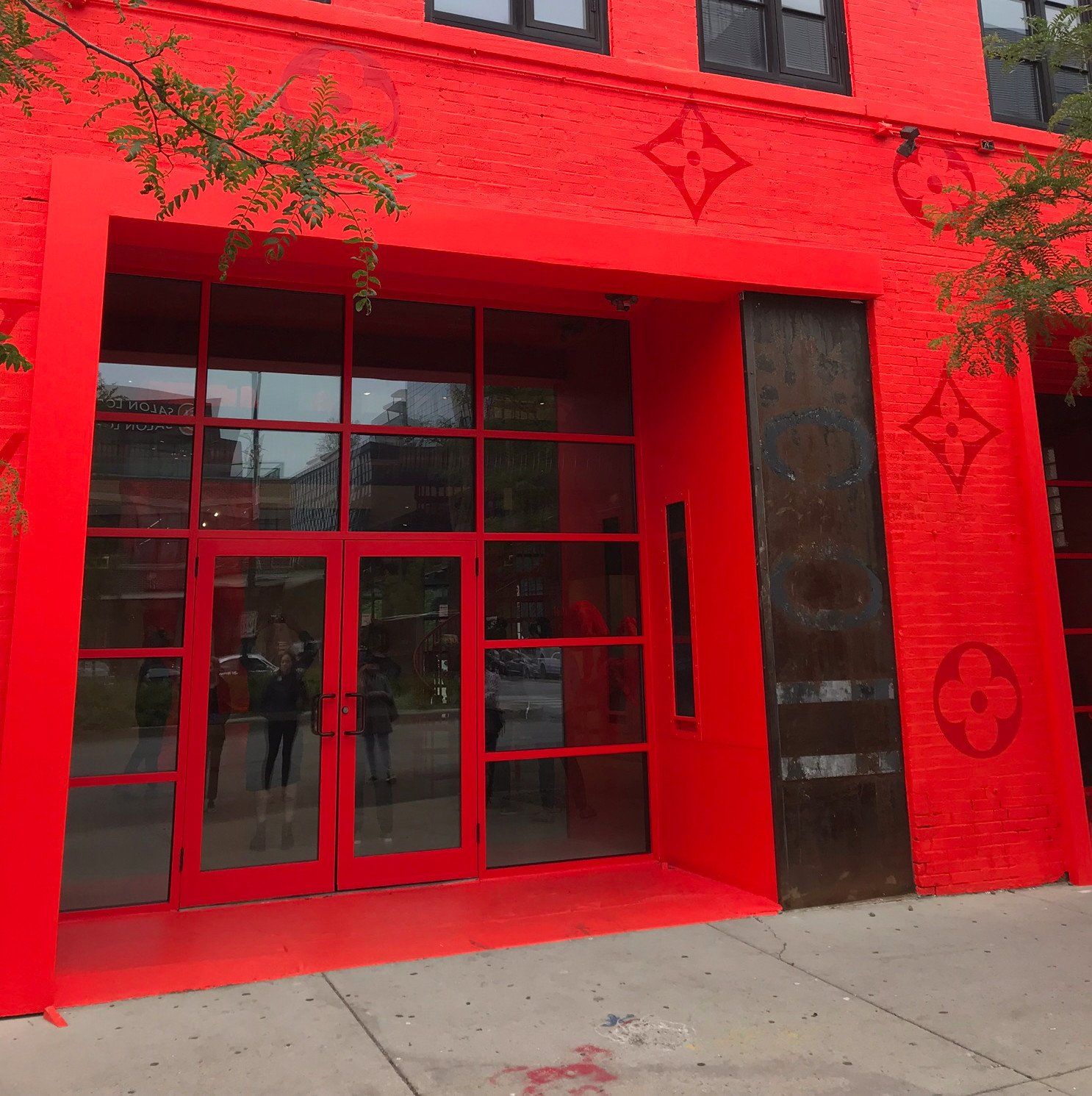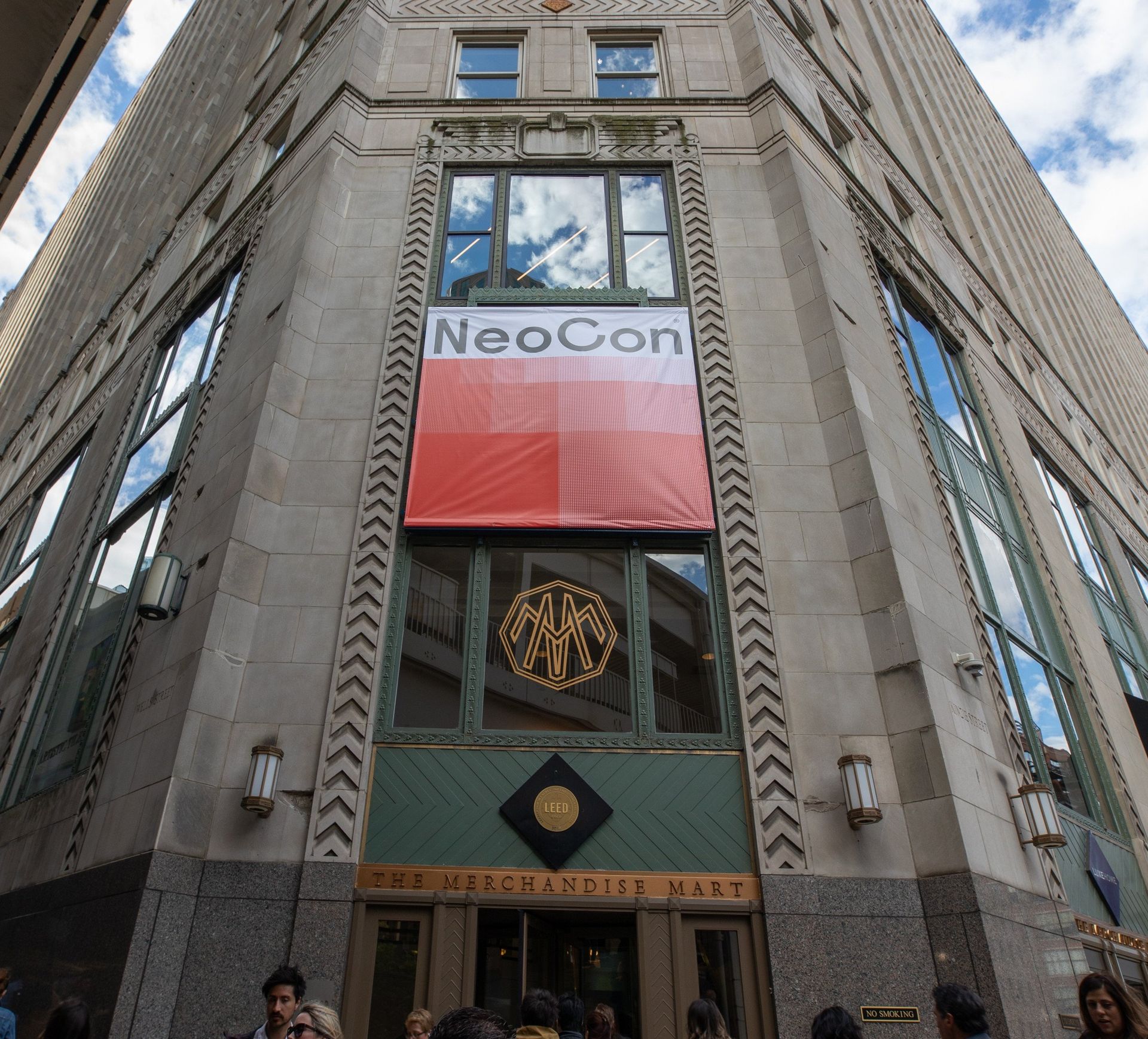Developing desirable spaces in the airport
Airports are getting returns by focusing on experiences
Everyone who flies knows the struggles of finding a rest bit from the hustle of the airport environment. The relentless torrents of people. The same newsstand convenience store you thought you just passed a few gates ago. The looming departure time that is present but also an arduous wait. The dwell time people have after security and before boarding is both captive and rushed. A recent Supply Chain Dive article notes that people spend 90 minutes in large and medium airport terminals before their flight. This “golden hour” offers a unique opportunity for some brands.
Desirable spaces
Airlines are investing big money into making their lounges spaces oases. Gone are the days of space for business travels to get some work done before they board. The bare minims of wifi, a spot to charge, and a few comfortable chairs, and slightly better food than out in the main terminal are gone. Now the airlines are in something of an arms race to out pamper their elite loyalty fliers. Lounges in major hubs now offer amities like celebrity-chef inspired menus enjoyed in sit-down dining rooms, spa and meditation spaces, private day beds, unobstructed views of the tarmac, and kid-focused play spaces. Retail dive spoke with Alexander Darrow, director of United’s premium services, who notes that new lounges can cost upwards of $10 million. That price tag includes more than just a new touchpoint but also designing in future flexibility to accommodate the next experiences that may develop in the decades to come.
Regionalization
is also a key point for this new breed of airport environments. Darrow notes that not every
lounge can be cookie cutter. Different airports require different experiences.
O’Hare’s travelers are looking for something different than those passing
through Hawaii. Delta’s lounge at Reagan
National Airport features a custom chandelier made to
look like branches of a cherry blossom tree, a nod to the cherry blossom
tourist. Other airlines are bringing in smaller touches like Alaska’s new airport clubs
feature local beers. Airports across the country are working in local art or giving space to local food favorites, or tourism favorite stores. The airport is the first and last touch point for any city or country.
In 2017, travelers spent more than $1.7 billion at dozens of the country’s largest airports' newsstand and travel convenience stores, according to this year’s Airport Experience News Fact Book.
Certain retail brands are using the airport to play to aspects of their identity that speak to the hurried flyer. Brands such as Brooks Brothers, Spanx, and the recently revitalized FAO Schwartz are finding success with experience-driven spaces. They are investing more in these slower spaces. As people rush through the terminal, a little space for pampering or fun are welcome retreats. Other brands have found that an instant gratification emphasis has enhanced their brands. On-demand tech is being delivered by Best Buy vending machines which have popped up across the country. Uniqlo also has seen success with their clothing vending machines. One brand, whose core brand attributes clashed with an airport's inherent lack of privacy, was Proactive skincare. They ultimately shuttered their attempts at selling acne products in airports. Flyers noted that it was too embarrassing to buy.
Is it right for you?
The airport environment stands as a great opportunity for some brands but setting up in a post 9/11 airport also offers some serious challenges that need to be taken into account. Keep in mind every space go through a strict bidding process. Not even Amazon can buy that barrier away (yes, there are rumors that Amazon Go stores may be going into airports, via The Washington Post ). Construction in airports, big and small is fraught with hurdles as to how to get workers and fixtures in through security, negotiating with the many groups who work and manage parts of the airport, working within existing partnerships, restricted working hours, let alone dealing with getting a dumpster. That is just setting up. Operating a space poses many unique challenges such as longer store hours, rigorous staff training to work within security clearances, managing stock, restricted delivery times, and handling returns.
The future of retail is changing across the board, not just on main street. Airports offer some brands an opportunity for new success. The question comes down to, does your brand fit with the demands that different airports foot traffic need?
If you have some more time on your hands, take a look at an airport retail experience that could have been: https://www.core77.com/posts/22785/An-Eames-Idea-That-Didnt-Fly-The-Expanding-Airport
Most of the information for this post was from a recent NYT article
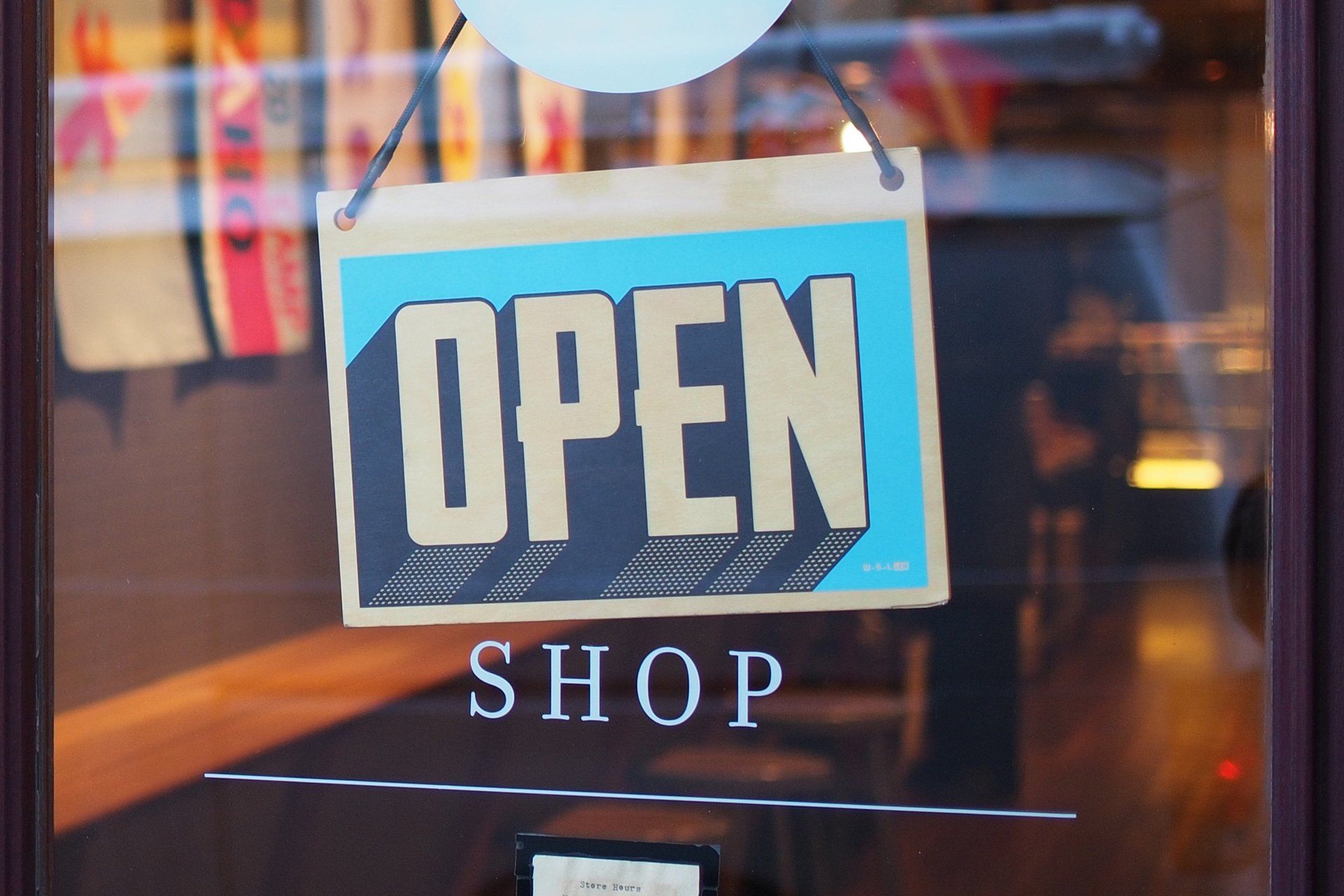
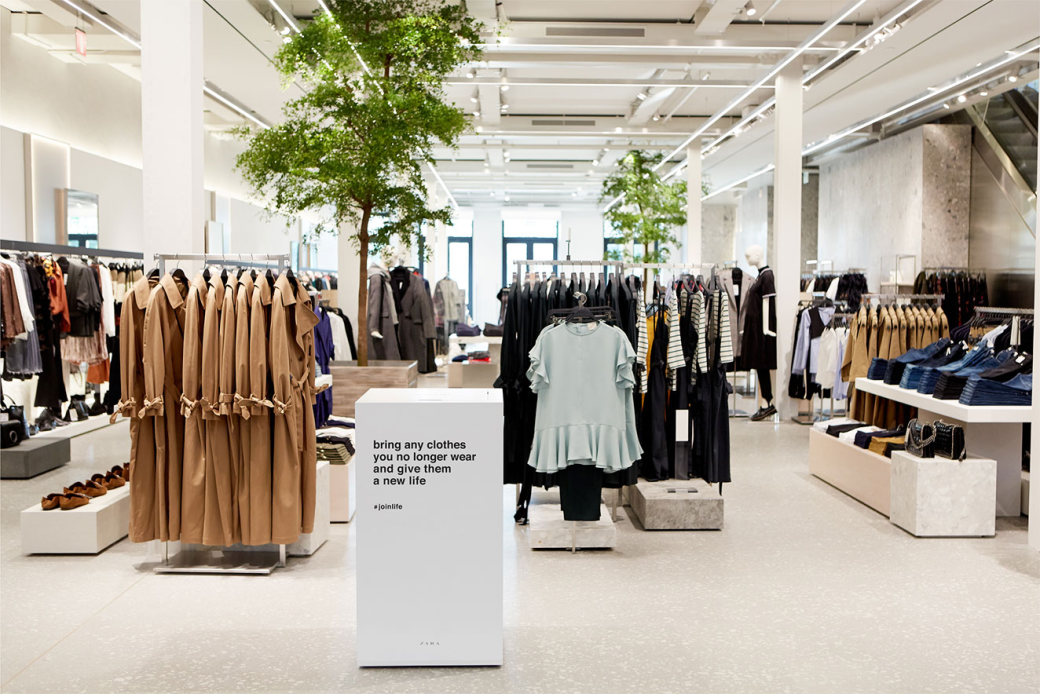
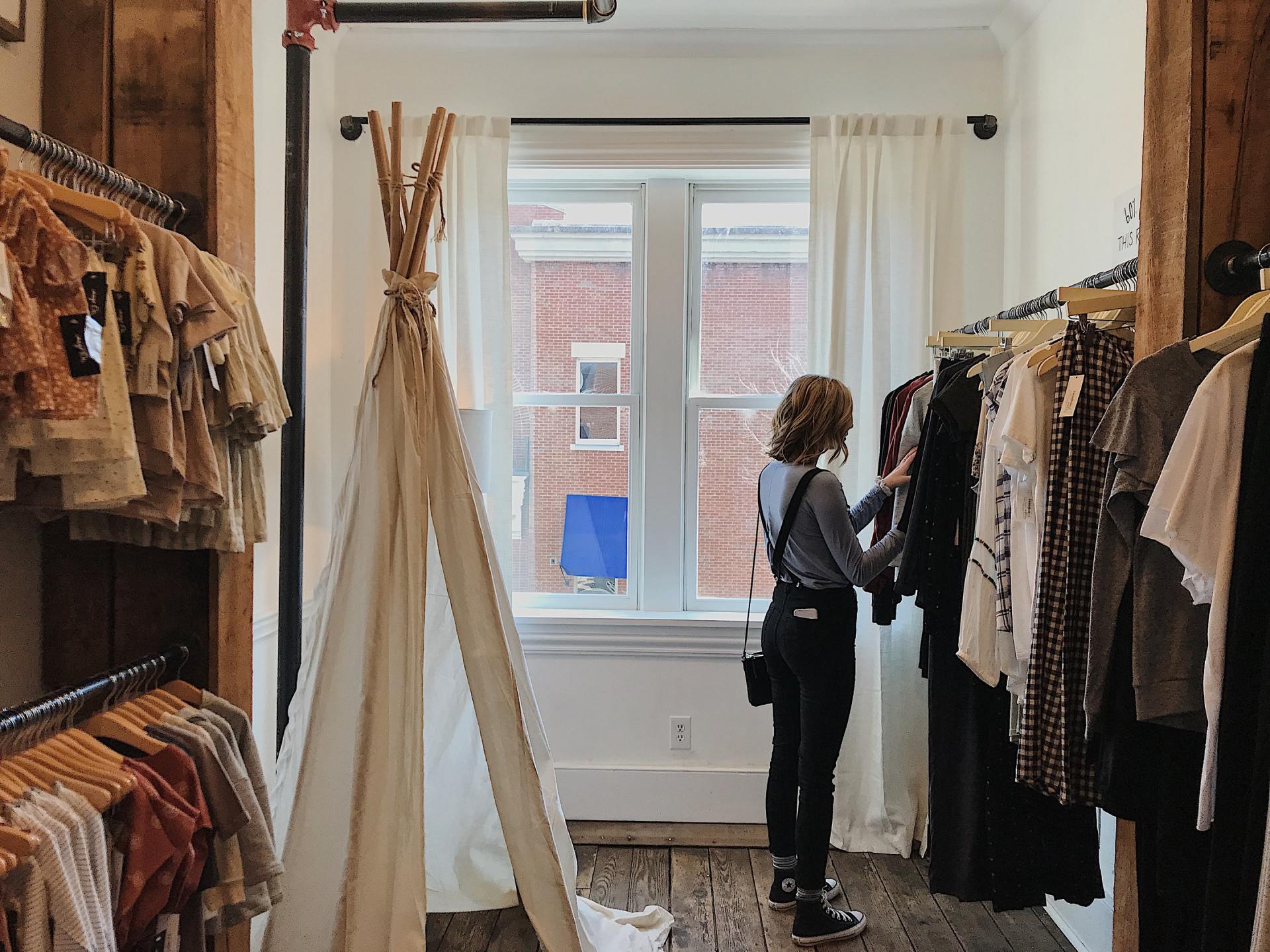
The Case For Convenience. How These Retailers Built Convenience Directly Into Their Brand Experience
